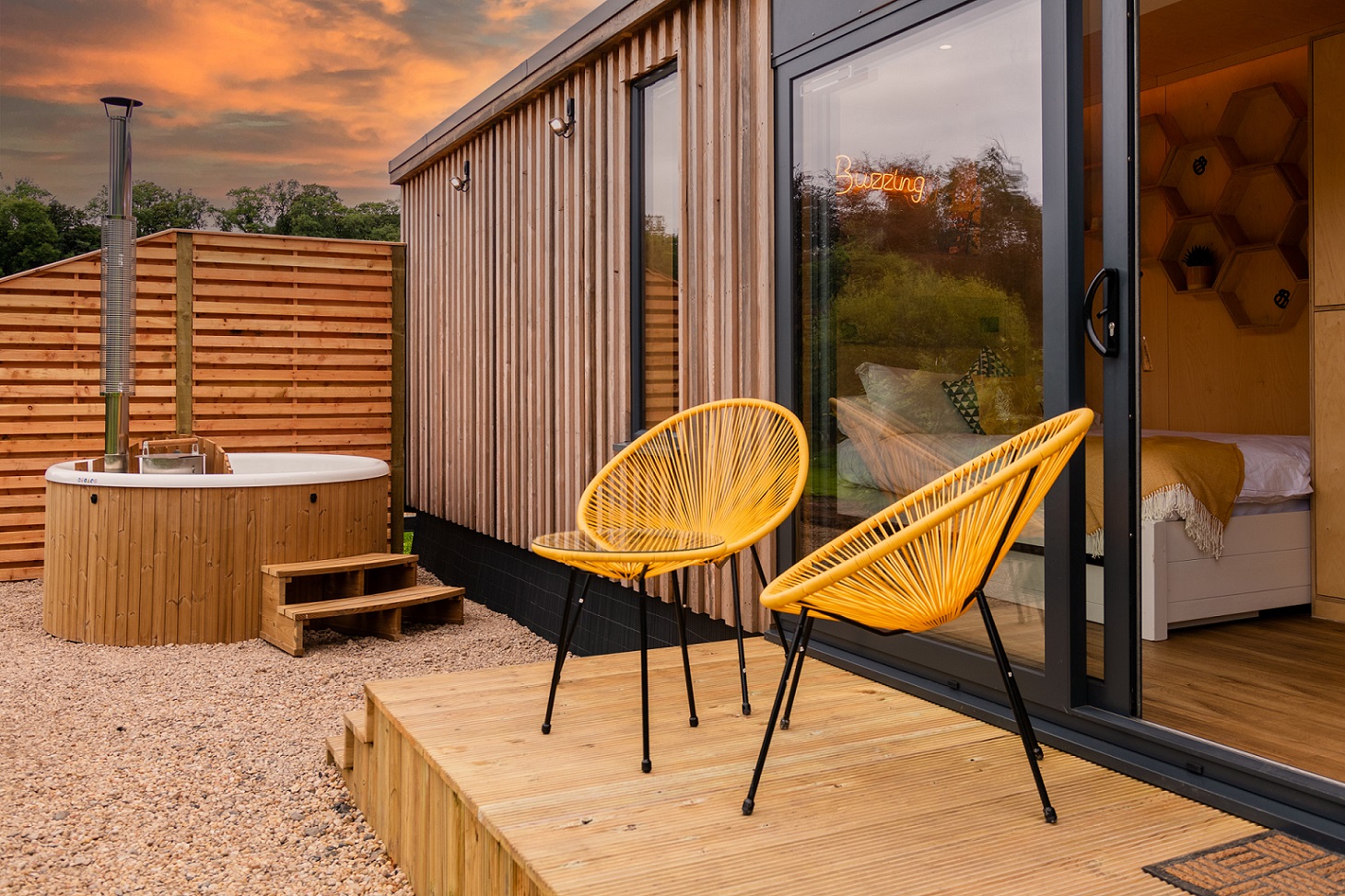2. Photography tips to help promote your accommodation
While it’s generally best to hire a photographer to take photos of your accommodation you may be working within a limited budget and wish to take photos yourself.
If this is the case then we’ve put together a list of tips to point you take high-quality photos that make your accommodation look as inviting as possible.
